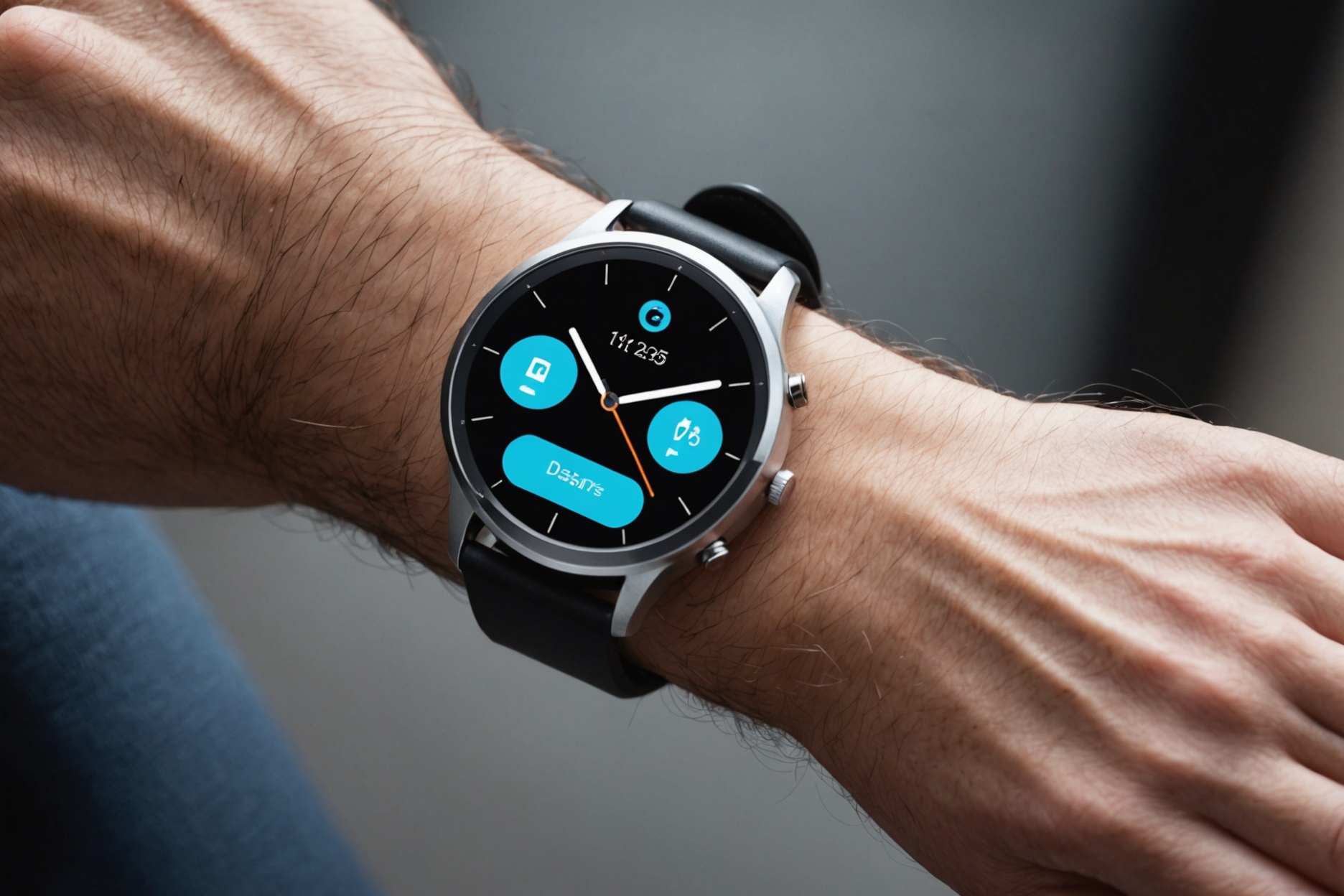
A peek inside some leading research labs shows how scientists-turned-detectives are painstakingly decoding what causes autoimmune diseases and how to stop the immune system from attacking you instead of protecting you.
It’s a huge challenge. By the National Institutes of Health’s newest count there are about 140 autoimmune diseases affecting tens of millions of people.
Unraveling them requires patience, persistence — and sophisticated technology to even see the suspects. Researchers use laser-powered machinery and brightly colored fluorescent dyes to tell rogue cells from normal ones.
Take Type 1 diabetes, caused when cells in the pancreas that produce insulin are gradually killed off by rogue T cells. In a biomedical engineering lab at Johns Hopkins University, researchers examine mouse pancreas cells on a computer screen. Red marks the killer cells. In yellow are “peacemaker” cells that are supposed to tamp down autoimmune reactions – but they’re outnumbered.
Another type of immune cell, B cells, drive autoimmune diseases by producing antibodies that mistake healthy tissue for foreign invaders. At NIH, Dr. Iago Pinal-Fernandez studies myositis, a poorly understood group of muscle-weakening diseases. His research shows rogue antibodies don’t just damage muscles by latching onto their surface. They can sneak inside muscle cells and disrupt their normal functions in ways that help explain varying symptoms.
“When I started, nothing was known about the type of autoimmune disease we study. Now finally we’re able to tell patients, ’You have this disease and this is the mechanism of disease,” he said.
In another NIH lab, Dr. Mariana Kaplan’s team is hunting the root causes of lupus and other autoimmune diseases — what makes the immune system run amok in the first place — and why they so often strike women.
Today's drugs tamp down symptoms but don't correct the problem. Now in early-phase clinical trials are treatments that instead aim to fix dysfunctional immune pathways.
At Hopkins, scientists are working on next-generation versions, not yet ready to try in people. In one lab, they're developing nanoparticle-based treatment to dial down pancreas-killing cells in Type 1 diabetes and ramp up “peacemaker” cells.
And in another Hopkins lab, researchers are developing what they hope will become more precise treatments for rheumatoid arthritis, lupus and other antibody-driven illnesses – drugs that search out and destroy “bad” B cells.
—-
The Associated Press Health and Science Department receives support from the Howard Hughes Medical Institute’s Department of Science Education and the Robert Wood Johnson Foundation. The AP is solely responsible for all content.
This is a documentary photo story curated by AP photo editors.
 Smartwatches: Remain Associated and Dynamic
Smartwatches: Remain Associated and Dynamic 収録中に「周囲の壁が迫ってきた」――“陽キャ”の芸人ゆってぃがパニック障害と診断されて #今つらいあなたへ(Yahoo!ニュース オリジナル 特集)
収録中に「周囲の壁が迫ってきた」――“陽キャ”の芸人ゆってぃがパニック障害と診断されて #今つらいあなたへ(Yahoo!ニュース オリジナル 特集) Creative Style: 10 Architects Reclassifying the Business
Creative Style: 10 Architects Reclassifying the Business Step by step instructions to Pick A Pre-owned vehicle Stage
Step by step instructions to Pick A Pre-owned vehicle Stage The Main 15 Applications for Efficiency and Association
The Main 15 Applications for Efficiency and Association Manual for Famous Beverages 2024
Manual for Famous Beverages 2024 Top 15 Online Entertainment Stages for Individual Marking
Top 15 Online Entertainment Stages for Individual Marking ツキノワグマ串が大バズり 「駆除して食べる」は対策になるのか? 青森の販売元が語った“本当の課題”(集英社オンライン)
ツキノワグマ串が大バズり 「駆除して食べる」は対策になるのか? 青森の販売元が語った“本当の課題”(集英社オンライン) Supercharge Your Remote Work Arrangement with These Game-Changing Instruments
Supercharge Your Remote Work Arrangement with These Game-Changing Instruments













